What's the difference between regular fan & HVLS Fan
Conventional fans and HVLS (High Volume, Low Speed) fans are two different types of fans designed for different purposes with different characteristics and applications. Let's explore their differences:
- Size and blade design:
- Regular fans: Regular fans are usually smaller in size and have blades optimized for higher speeds. They are usually 12 to 60 inches in diameter and are designed to run at higher RPM (revolutions per minute).
- HVLS Fans: HVLS fans, on the other hand, are larger with longer blades and range in diameter from 6 feet to 24 feet. These fans are specifically designed to run at low speeds, hence the name "high capacity, low speed". They move large volumes of air at a slower rate, which makes them more efficient in larger spaces.
- Air volume:
- Regular Fan: The regular fan provides concentrated airflow in a smaller area. They are very effective for personal cooling or localized cooling of smaller rooms.
- HVLS Fan: The HVLS fan is designed to generate a wider, wider airflow that covers a large area. They are suitable for cooling or ventilation of large spaces such as warehouses, factories, gyms, airports and other commercial or industrial environments.
- Energy efficiency:
- Ordinary fans: Ordinary fans generally consume less electricity and are energy efficient compared to air conditioning systems. However, their effectiveness diminishes as the size of the space increases.
- HVLS fans: HVLS fans are also very energy efficient, especially compared to traditional high-speed industrial fans or air conditioning systems. Due to their large size and slow rotation speed, they can move large amounts of air using a minimum of energy, making them more cost-effective for cooling large areas.
- Noise level:
- Regular fans: Regular fans produce more noise, especially at higher speeds, which can be distracting or disruptive in quiet environments.
- HVLS fans: HVLS fans are designed to run quietly despite their larger size. Their slower rotational speed reduces noise levels, making them suitable for use in environments where low noise is required.
- Purpose:
- Regular Fans: Regular fans are commonly used in homes, offices and small commercial spaces for personal comfort and localized cooling.
- HVLS Fans: HVLS fans are ideal for cooling, ventilation, and air circulation in large spaces such as warehouses, manufacturing facilities, agricultural buildings, and other industrial or commercial environments.
In summary, the main differences between regular fans and HVLS fans are size, blade design, airflow capability, energy efficiency, noise level and intended application. Regular fans are smaller, provide localized cooling, and are commonly used in homes and offices, while HVLS fans are larger, move more air at lower speeds, and are designed for cooling and ventilating large commercial and industrial spaces.
Kale Fans, founded in 2010 in Shanghai, China, is a pioneering company specializing in high-precision and innovative environmental technology products. With a focus on delivering personalized ventilation and cooling solutions, Kale Fans has been at the forefront of introducing and developing HVLS (High Volume, Low Speed) fan products in China. As industry leaders, they have been instrumental in driving the growth and prosperity of this new sector, revolutionizing the way large spaces are ventilated and cooled for enhanced comfort and efficiency. Committed to excellence, Kale Fans continues to provide professional services, making a significant impact on the industry and exceeding customer expectations.
Recent Posts

October 26, 2016
The Most Successful Engineering Contractor
Nov 24, 2023
How Much Do HVLS Fans Cost?
Nov 24, 2023
The advantages of industrial ceiling fans
Nov 24, 2023
Kale Fans Seeking Global Partnership Introduction
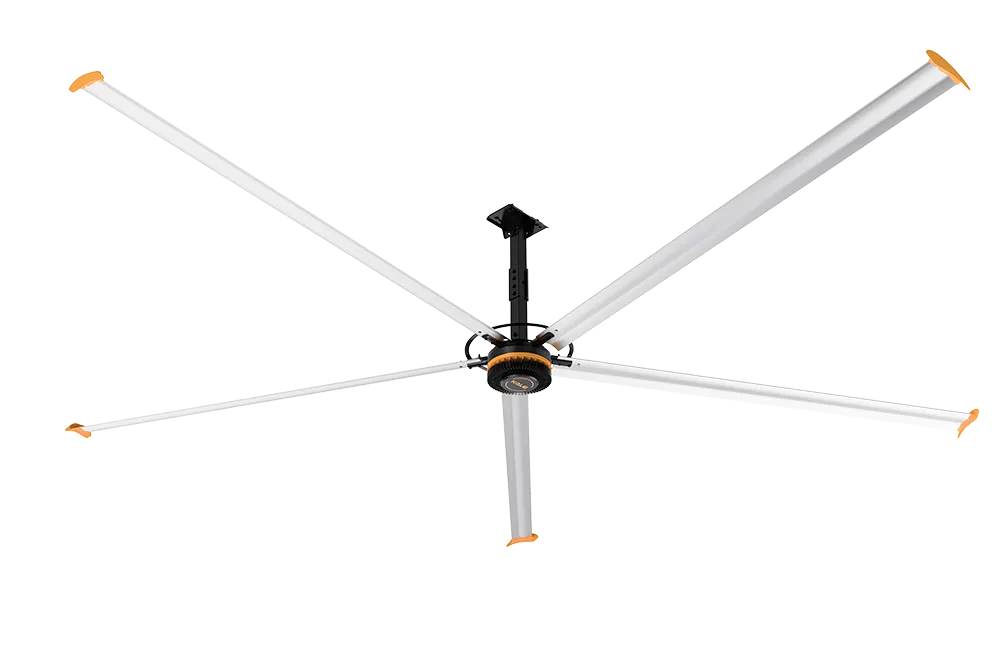
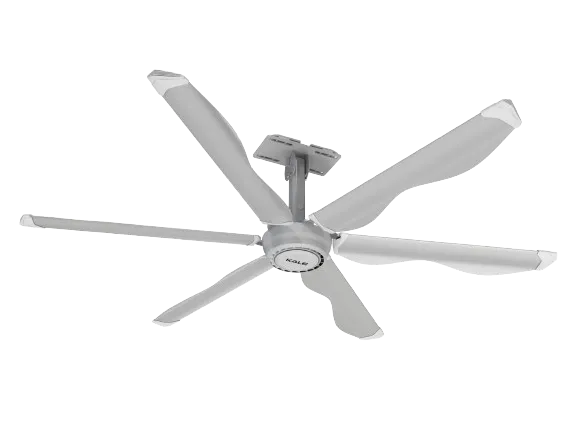
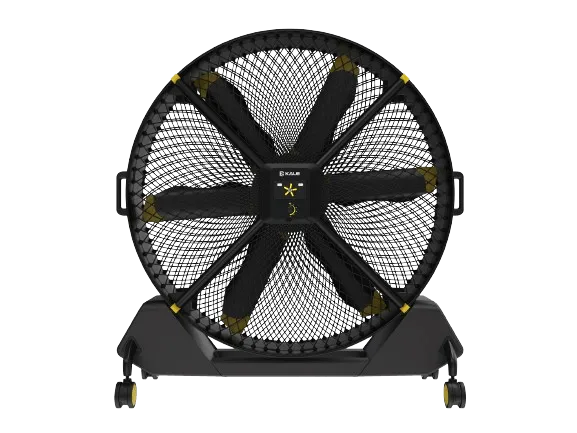
.webp)


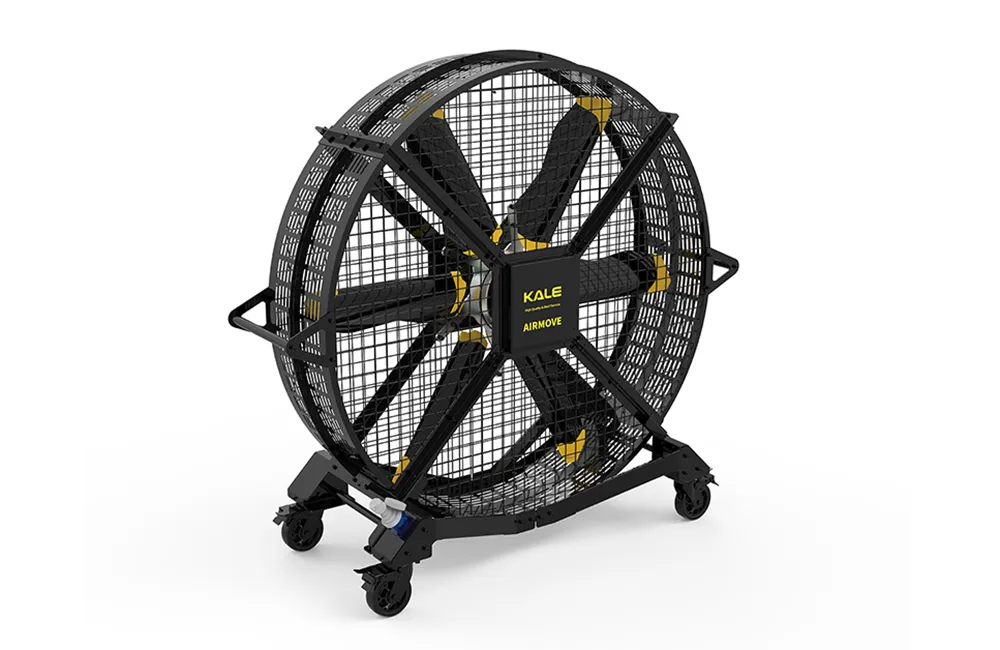
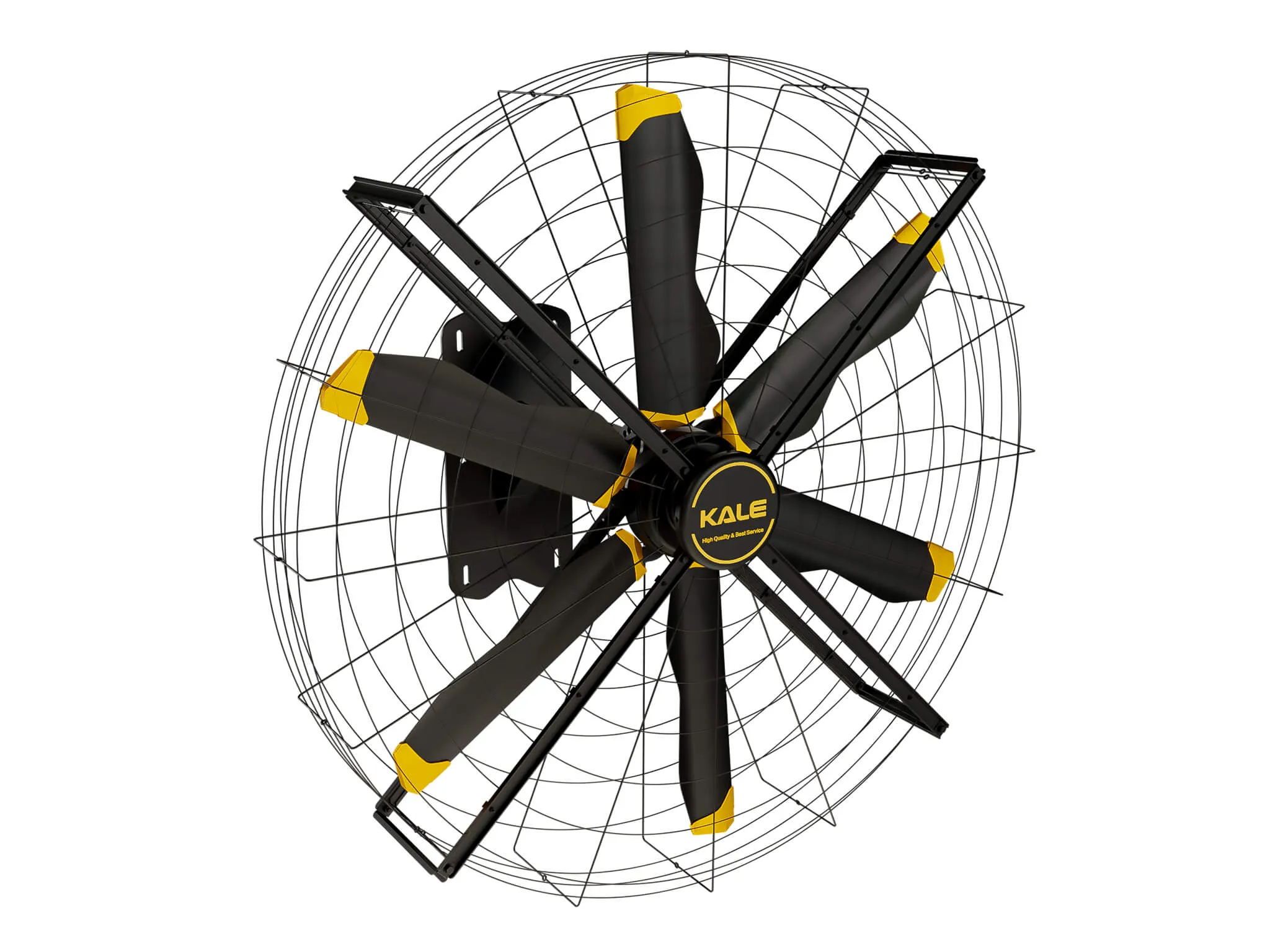
.png?x-oss-process=image/resize,w_100/quality,q_100)
(1).jpg?x-oss-process=image/resize,w_100/quality,q_100)
